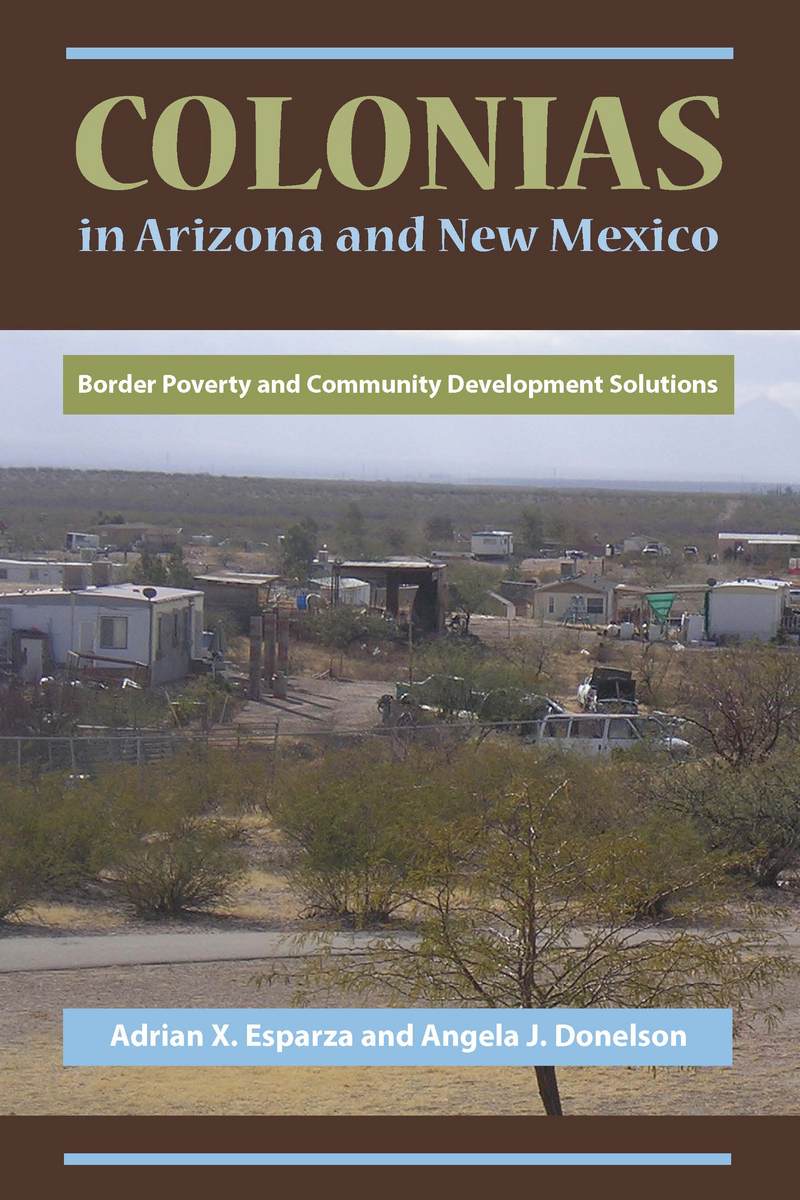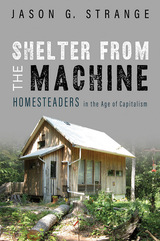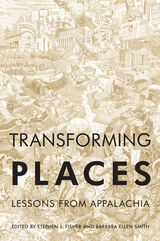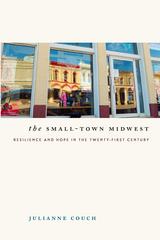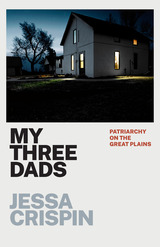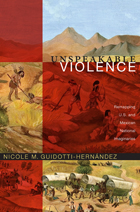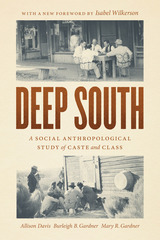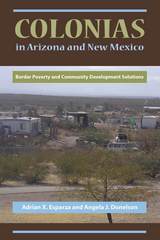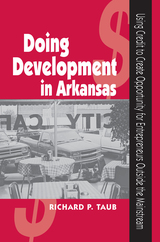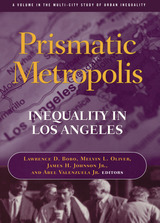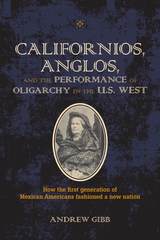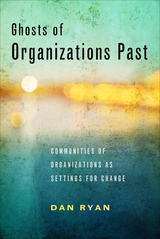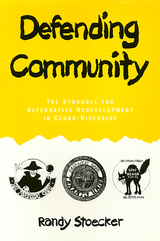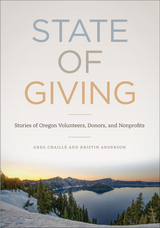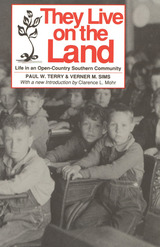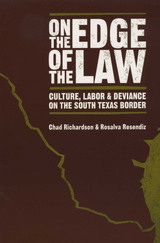Colonias in Arizona and New Mexico: Border Poverty and Community Development Solutions
University of Arizona Press, 2008
Paper: 978-0-8165-2652-9 | eISBN: 978-0-8165-3497-5
Library of Congress Classification HN79.A63C64 2008
Dewey Decimal Classification 307.1409721
Paper: 978-0-8165-2652-9 | eISBN: 978-0-8165-3497-5
Library of Congress Classification HN79.A63C64 2008
Dewey Decimal Classification 307.1409721
ABOUT THIS BOOK | AUTHOR BIOGRAPHY | TOC
ABOUT THIS BOOK
There are approximately half a million people living in 227 officially designated colonias in southern Arizona and New Mexico. These border communities are characterized by poor-quality housing, a lack of infrastructure (paved roads, water and sewer systems, and electricity), high levels of poverty and unemployment, and a disproportionate concentration of Hispanics. These colonias comprise one of the country’s largest pockets of poverty. Even so, little is known about these towns or the people who live in them. This book provides the first comprehensive treatment of Arizona and New Mexico colonias, with the aim of increasing their visibility and promoting community development.
Beginning with an examination of the origins of border region settlement and the emergence of colonias in southern Arizona and New Mexico in the late 1800s, the book then turns to an assessment of current social, economic, and housing conditions. The authors also examine how Mexico’s recent economic crises and U.S. immigration and border security policies have shaped the quality of life in colonias, and they evaluate recent community development initiatives. By examining the challenges and successes of these recent efforts, the authors are able to provide a generalized plan for community development. Balancing analyses of these communities with a review of the positive steps taken to improve the quality of life of their inhabitants, Colonias in Arizona and New Mexico is an indispensable tool for anyone interested in public policy or immigration issues.
Beginning with an examination of the origins of border region settlement and the emergence of colonias in southern Arizona and New Mexico in the late 1800s, the book then turns to an assessment of current social, economic, and housing conditions. The authors also examine how Mexico’s recent economic crises and U.S. immigration and border security policies have shaped the quality of life in colonias, and they evaluate recent community development initiatives. By examining the challenges and successes of these recent efforts, the authors are able to provide a generalized plan for community development. Balancing analyses of these communities with a review of the positive steps taken to improve the quality of life of their inhabitants, Colonias in Arizona and New Mexico is an indispensable tool for anyone interested in public policy or immigration issues.
See other books on: Colonias | Community development | Mexican-American Border Region | New Mexico | Poverty
See other titles from University of Arizona Press
